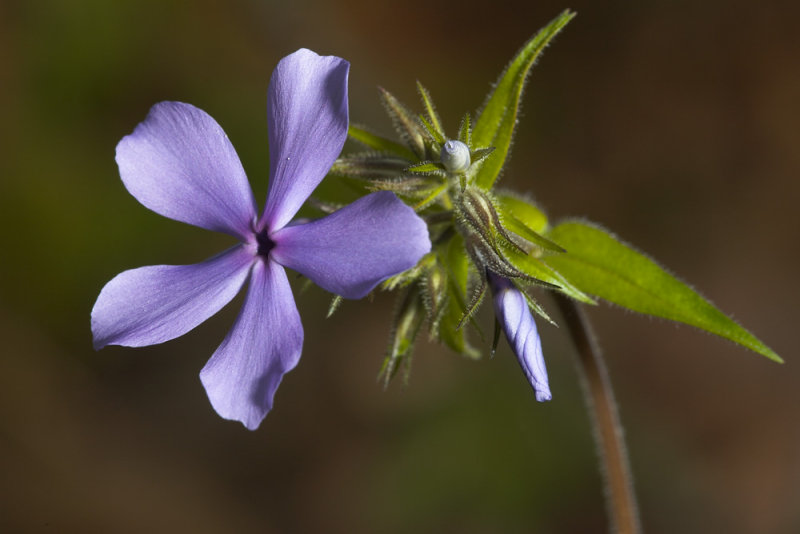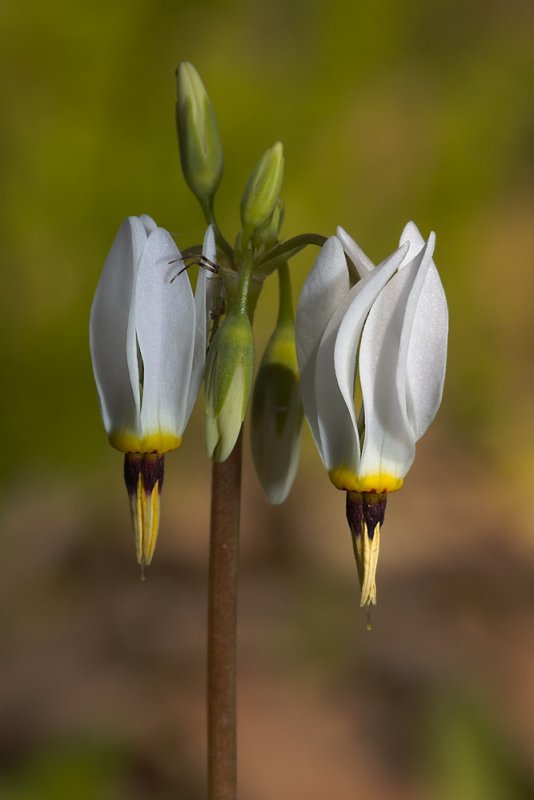Tom Robbins
Member
Found the importance of insect eyes in macro photography discussion very interesting. Suspect shooters of macro subjects sans eyes have similar considerations, but probably more choices. If the subject is a flower, the subject might be the petal, the stigma, the anther, the leaves, or any combination thereof. Outdoors, the subject of a nanosecond is often the zephyr's choice.

This Blue Phlox was a cooperative subject this morning. Well, sort of. It took many shots to finally get one where the subject was sitting still enough for f/16 with light off shoe flash and the 180mm macro lens.
I've tried using the Wimberely Plamp to stop plants moving in the wind, but with little success. Does anyone know of a more useful alternative?
Tom

This Blue Phlox was a cooperative subject this morning. Well, sort of. It took many shots to finally get one where the subject was sitting still enough for f/16 with light off shoe flash and the 180mm macro lens.
I've tried using the Wimberely Plamp to stop plants moving in the wind, but with little success. Does anyone know of a more useful alternative?
Tom

